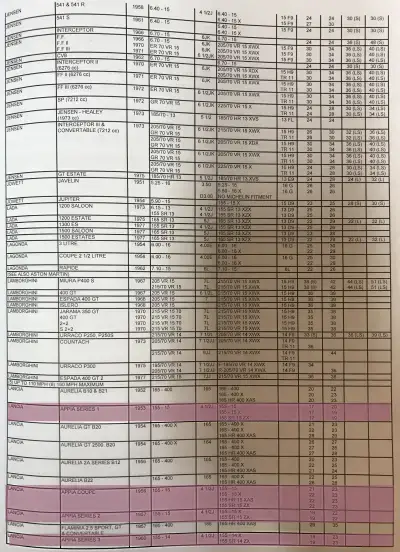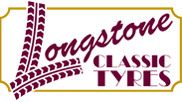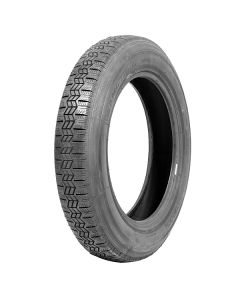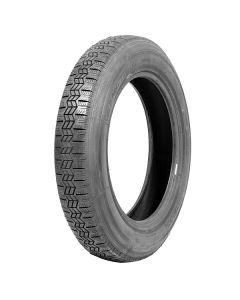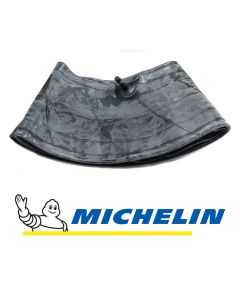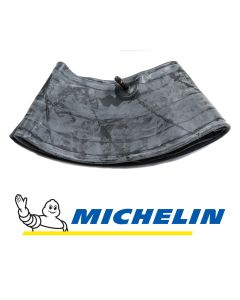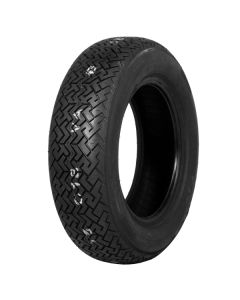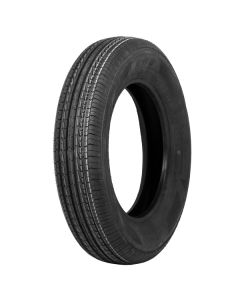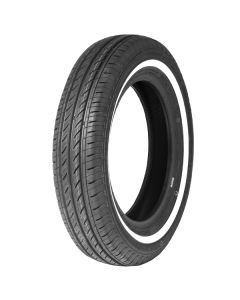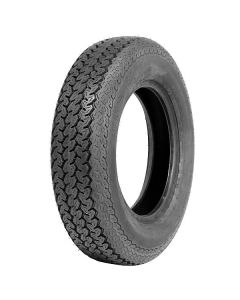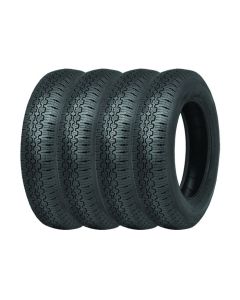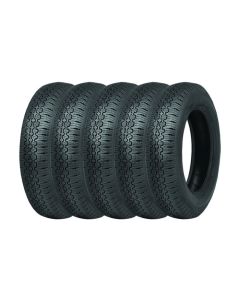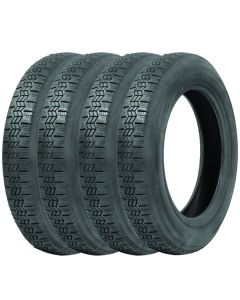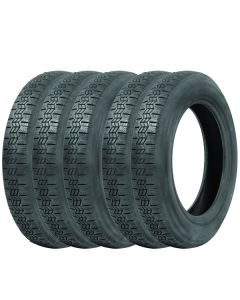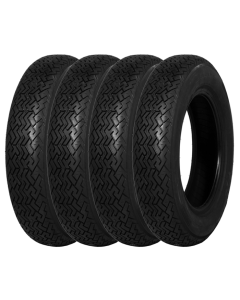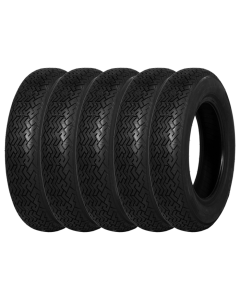Lancia Appia Tyres
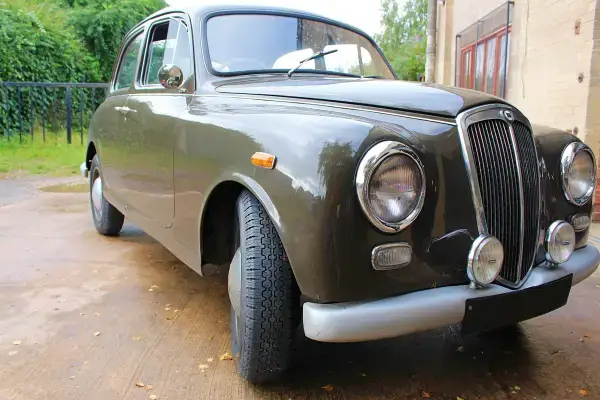
1954 Series 1 Lancia Appia on 155 HR 15 PIRELLI CINTURATO ™ CA67 Tyres
Lancia Appia 1953–1963
- The Lancia Appia Series 1 (1953–1956) and 2 (1956–1959) fitted 155 R15 tyres. In the 155 R15 size we recommend the 155 HR 15 PIRELLI CINTURATO ™ CA67 or the 155 TR 15 Michelin X.
- The ideal innertube for a Series 1 or 2 Lancia Appia on 155 R15 tyres is the Michelin 15E.
- The Series 3 Lancia Appia (1959–1963) switched to 155 R14 tyres. In this size, the best Series 3 Appia tyre is the 155 TR 14 Michelin X.
- For the series 3 with 14” wheels we suggest Michelin 14D innertubes.
- Lancia's of this era would have left the factory on tube-type wheels. Innertubes are required for these wheels, even if you fit tubeless radial tyres.
- The suggested tyre pressure for the Lancia Appia series 1 is 19psi front and rear.
- Lancia Appia series 2 and 3 tyre pressures - we suggest 19psi front and 21psi rear.
- For the sporting coach built and Appia Spider cars we suggest adding 2 psi for high speed use.
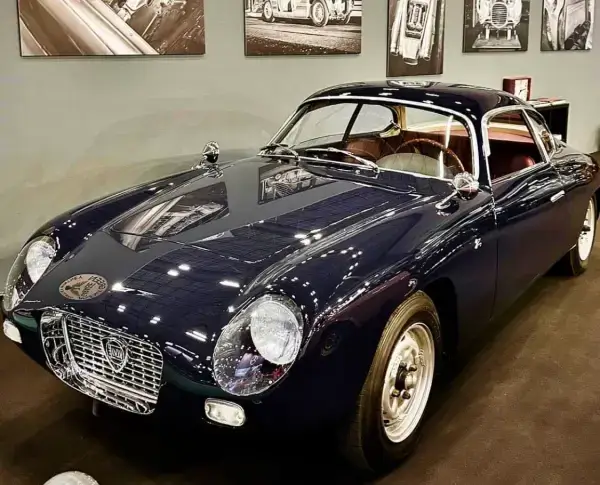
1959 Lancia Appia Zagato GTE
Lancia Appia Zagato GTE Tyres 1959–1962
- The Lancia Appia Zagato GTE (1959–1962) fitted 155 R15 tyres. In this size the 155 HR 15 PIRELLI CINTURATO ™ CA67 is the best tyre.
- Some cars were fitted with slightly larger 165 R15 tyres.
- In this size, the best Lancia Appia Zagato GTE tyre is the 165 HR 15 PIRELLI CINTURATO CA67.
- The correct innertube for 165 R15 tyres is the Michelin 15E.
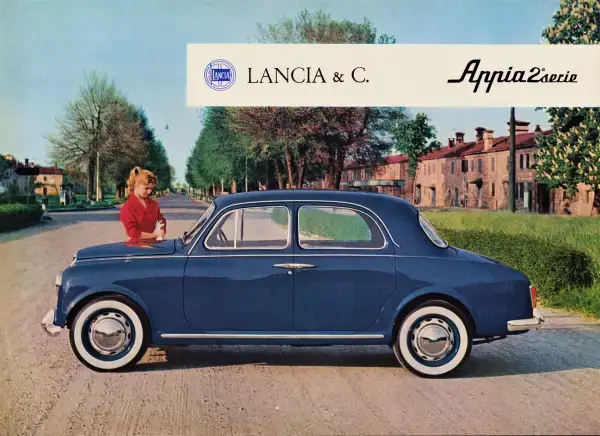
1958 Lancia Appia Series 2 Brochure
History of the Lancia Appia
The Appia was noteworthy for its sliding pillar front suspension, a suspension technology used by Lancia since the 1922 Lambda. The Appia was the last Lancia to feature this type of suspension. All models were equipped with a 1.1L Lancia V4 petrol engine, delivering a range of power outputs across different series. Every Appia model was equipped with the same 1.1L Lancia V4 petrol engine, with different tunings used to increase the power outputs as the model evolved.
The first series was produced from 1953 to 1956, featuring a 1.1L V4 engine producing 38 PS (roughly 38 horsepower). The Series 1 Appia was notable for its pillarless doors that provided a spacious interior. Approximately 20,025 units were produced before the Series 1 was succeeded by the Series 2. The second series was produced from 1956 to 1959. The engine output was increased to 43 PS, with a longer wheelbase and updated aesthetics. Approximately 22,425 units were produced. The third series was produced between 1959 and 1963. The engine output was increased to 48 PS, notably increasing the performance. The interior was redesigned to be more spacious and modern. Roughly 55,500 Series 3's were made before the Appia ceased production.
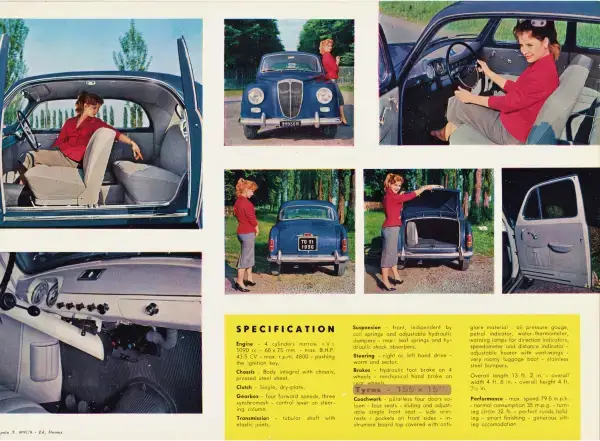
1958 Lancia Appia Series 2 Brochure
The Appia had a number of coach-built variants with different body types and styling. Pinin Farina developed a 2-door coupe, balancing performance with style. Vignale produced a 2-seat convertible that was later switched to a 2+2 in the summer of 1968. Vignale also produced the Appia Lusso, a 2-door saloon with large windows and frameless doors. Viotti made a 3-door estate variant, dubbed the Appia Giardinetta. Zagato developed a range of Appia models, including the Appia GT, GTS, GTE, and Sport. Although these models differ, they are all lightweight, aluminium-bodied models tailored for enhanced performance and success on racing circuits. The wide range of coachbuilding companies involved with the Appia resulted in a diverse and aesthetically pleasing lineup of variants.
The Appia also has a number of commercial variants, including the Furgoncino, a lightweight and practical panel van catering to business needs, and the Camioncino, a pick-up truck offering versatility for small cargo transport.
The Lancia Appia, with its decade-long production, represents an important chapter in Lancia's history. Known for its innovative engineering and collaborations with leading coachbuilders, the Appia bridged the gap between Lancia's classic designs and its future models, making it a significant contributor to mid-20th-century Italian automotive design. Today, a classic Appia can occupy a wide range of price points, with standard variants tending to go for far less, coach-built variants going for more, and some sporting coach-built variants like the GTE reaching six figures!
Lancia Appia Brochures
Michelin X Specifications
A: the first 2 series of Lancia Appia fitted 155 R15 tyres. Then in spring 1959 Lancia changed to 14” wheels and the series 3 Appia fitted 155 R14 tyres.
A: For the first series, Pirelli (in period) suggested a tyre pressure of 19 psi front and rear, then the later series 2 and 3 19psi front and 21psi rear. We would suggest for the Spider and other coach-built models and sporting usage you might want to increase the tyre pressures by up to 4 more psi.
Lancia Appia Tyre Fitment Guide
